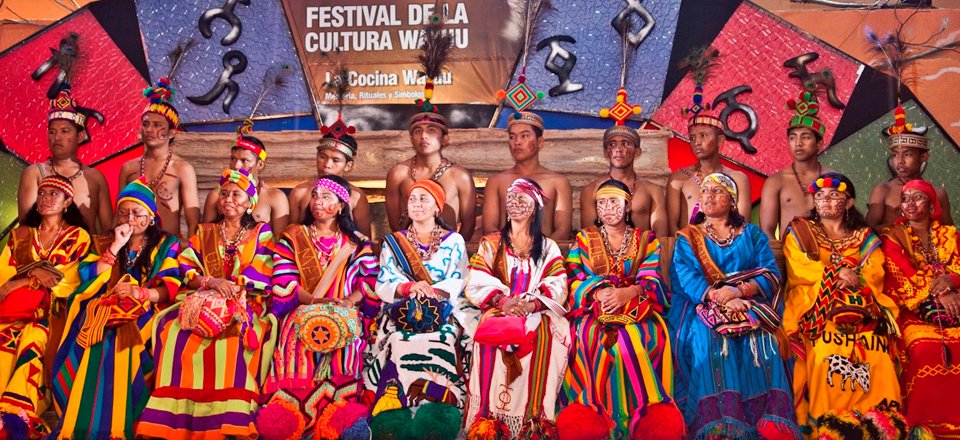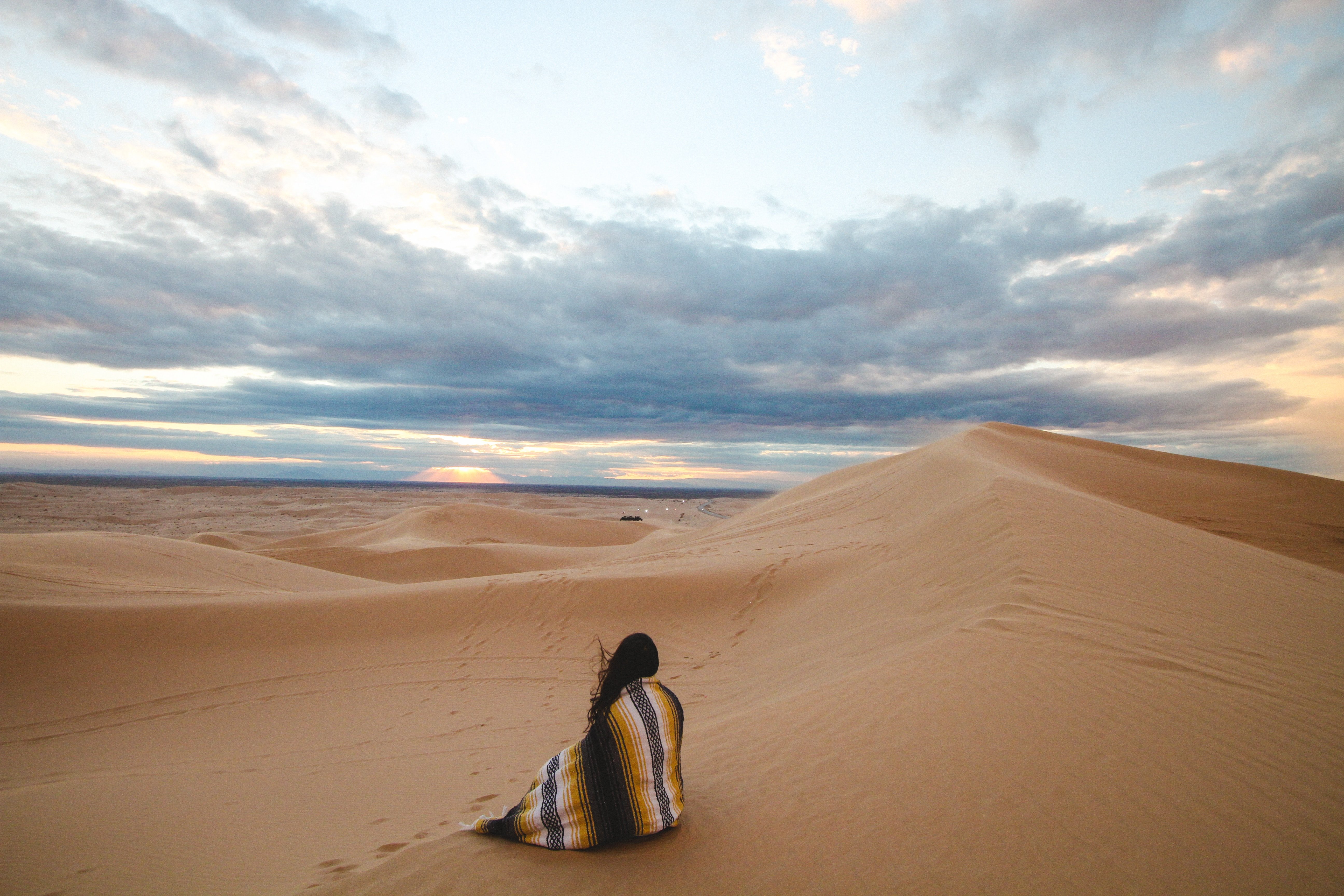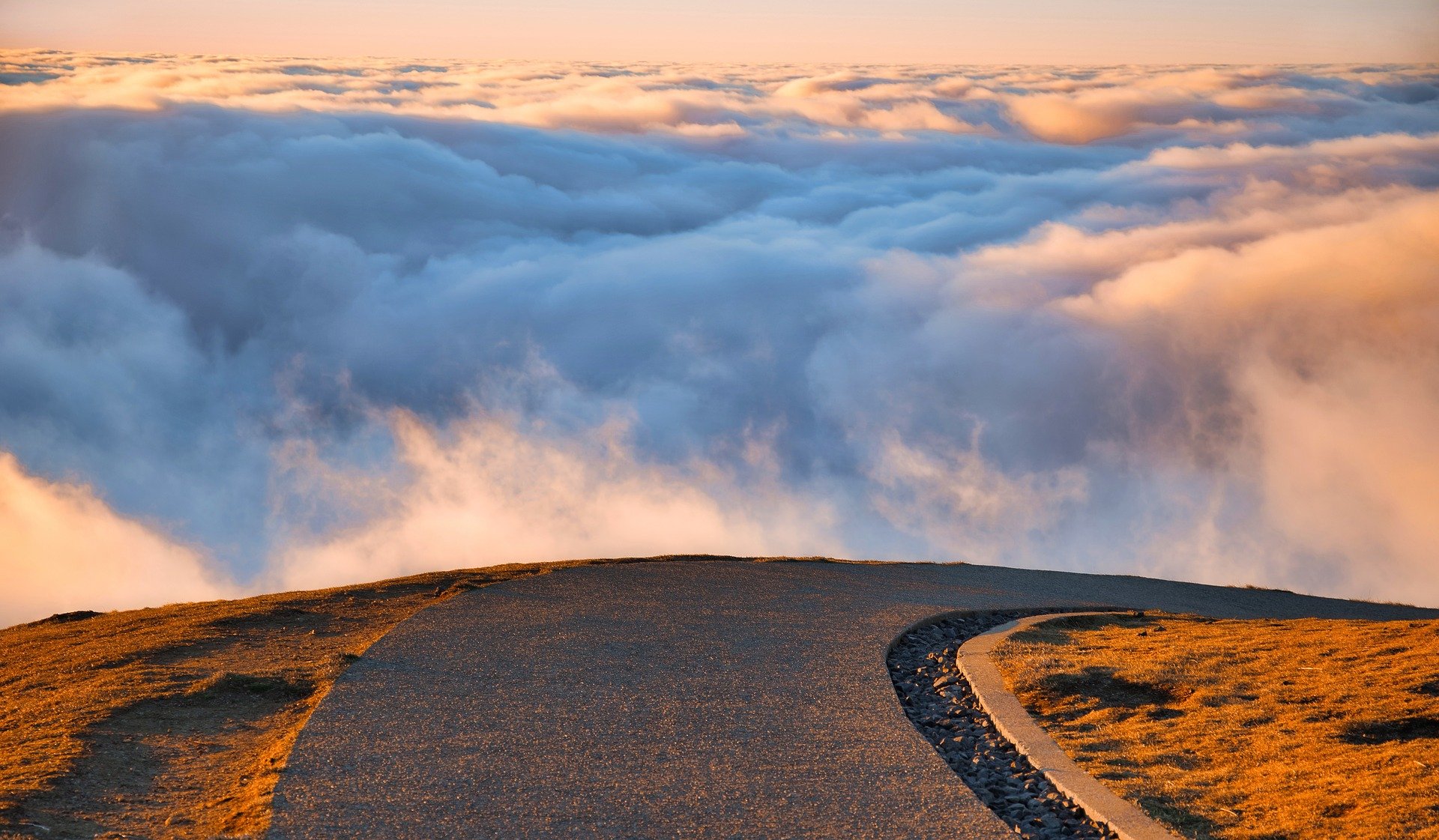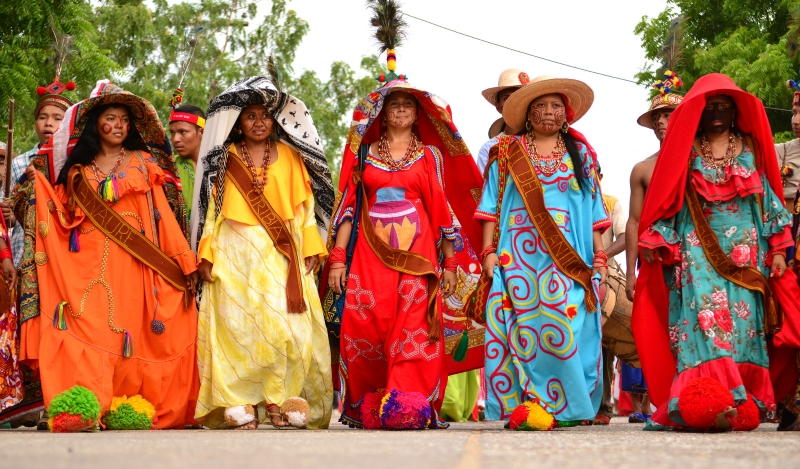Wayuu customs and traditions they come from those enigmas about existence and everything that surrounds them. The Wayuu are great storytellers thanks to a culture full of legends and myths.

The Wayuu indigenous people work to promote conservation and cultural integration. Thus, Every year the Wayúu Culture Festival is celebrated a party full of colors, dances, music, legends and sports typical of the culture.
Undoubtedly, knowing this Wayuu universe is entering a space full of wisdom and respect for life.
CUSTOMS AND TRADITIONS

WAYUU LOCKDOWN OR BLEACHING
The most awaited moment for all of Majayulu (teenager woman) is the confinement. After his first bleeding, receives the pampering and care of his female relatives in said ceremony. This tradition obliges the little woman to be locked in the house to keep her away from bad energy. only in this state all customs and traditions are transferred to it of their culture. It is the moment in which the Wareke Spider appears to teach him the wayuu fabric
- The rite begins with a bath to hydrate and soften all your skinespecially the skin. Said bath is made of kutena or naked Indian water (a typical tree of La Guajira).
- His diet is based on fermented beverages that exert a positive impact on their microbiota. Guarapo, corn chicha or juices extracted from roots are some of them.
- They say that when a woman decides to cut her hair it is because her life is about to change radically. And so it is the hair is cut so that it grows much stronger.
After having complied with his confinement or laundering they receive it with the Yonna dance as a celebration and presentation of the new majayulu.
TYPICAL WAYUU DANCE: LA YONNA
The dance is performed on a clear and flat ground called the pioi. Entering to dance not only implies meeting in society, but Give thanks for what you have or for what you hope to obtain.
When a Wayuu man enters the circle he challenges the women. One of them dances until she gets tired or knocks her down. The man has to dance with all the Wayuu and the closeness between them implies liking or disliking, in order to start a friendly relationship.
After the festivities are over A gift is offered to all the girls and women who have participated in recognition of their strength.
THE WAYUU WEAVE
Wayuu weaving is one of the best-known traditions of the Wayuu indigenous people. through weaving express their conception of life and everything that surrounds them. The woman is the protagonist of each creation, since they are the only people who inherit this custom. Through the woman transfers all the Wayuu traditions and customs.
THE WAYUU WEDDING

When a Wayuu woman and man want to get married They have to go through certain unbreakable processes before the marriage ceremony:
- Request for hand: the groom is not the person who communicates his marriage intentions to the parents of the suitor. The person in charge is the young man's uncle, otherwise it would be disrespectful to the family and tradition.
- dowry covenant: The dowry is a collection by the man in which he delivers necklaces, animals, and other goods to the bride's family. In the Wayuu culture, the woman is the most important member of the community and her departure represents a great loss for her relatives.
- Wayuu marriage day: a great party and celebration is created where the interfamily relationship is formalized and delivers the agreed dowry.
THE GUAJIRA LAW

Guajira law is exercised through oral expression and the word is everything.
The palabrero or pütchipü'üi, is in charge of orally directing in wayunaiki the Wayúu Normative System. Said system is the set of rules, guidelines and laws that regulate the behavior of the community.
As regards liability civil, criminal or wayuu justice, is agreed with compensation in the form of cattle or money.
For example, if the way of acting has caused tears in a woman even if it was unintentional, compensation is demanded. If he does not pay to the satisfaction of the offended, the war between families is announced to counteract the damage caused.
THE ROAD TO JEPIRA

In the Wayuu culture, two wakes are held. First does not represent an eternal farewell since in his second farewell (after 15 years of his death), the soul of the deceased arrives at the gates of Jepira (land of the dead).
The relatives of the deceased prepare the facilities for friends and relatives who come from afar. They cook large quantities of chirrinche (guajiro artisan liquor), goat meats and Numerous hammocks or hammocks are accommodated for the guests.
During the day they watch over the deceased, mourn him, and remember him with longing. At nightfall they gather in their hammocks to talk, tell jokes and drink coffee.
On the day of the burial, the deceased is taken out of the house to be taken to the cemetery. While relatives and relatives continue next to the grave, other relatives fire shots into the air to dismiss the dead from the ground.
THE SECOND WAYUU WAKE

After 10 or 15 years after the first burial, the relatives gather to prepare the second wake. In this ceremony, An elderly woman in the family is in charge of removing the remains of the corpse and cleaning them to later place them in a clay pot.
The ceremony has the same characteristics as the first wake, but this time represents a true farewell, since the remains are taken to the ancestral cemetery and buried forever.
From this moment Yojula is the form in which the soul of the deceased relative becomes, his name will not be mentioned anymore and his memory will be honored forever. The soul of the deceased is now ready to leave for Jeripa.
WAYUU CULTURE FESTIVAL
the festival is held every year between June 12, 13 and 14. Three non-stop days full of fun, praising customs such as:
- Majayut: The next ambassador of the Wayuu community is chosen for her knowledge of the Wayunaiki language, traditions, and current reality.
- Plays: children interpret the myths and legends of their culture.
- Contests: Wayuu instruments such as the kasha, the tariraü, the wontoloyaa and the turompa.
- Craft samples: ceramic and fabric, where the Wayuu backpacks give rise to a parade of colorful threads full of meaning.
- Dances: like the Yonna or Kaulayaa.
- Competitions: such as cardón (cactus) shooting, wrestling, slingshot and horse racing.
- Gastronomic samples: with typical dishes such as friche, mazamorra and fish.
GUAJIRO CARNIVAL

It is the best known festival of La Guajira. It is not a proper wayuu event, but rather a guajiro where other peoples who live along the coast mingle. But the Wayuu do not go unnoticed; showing their best clothes steal the attention of those present. Those curious about this culture enjoy and delve into everything that this Wayuu universe offers.
